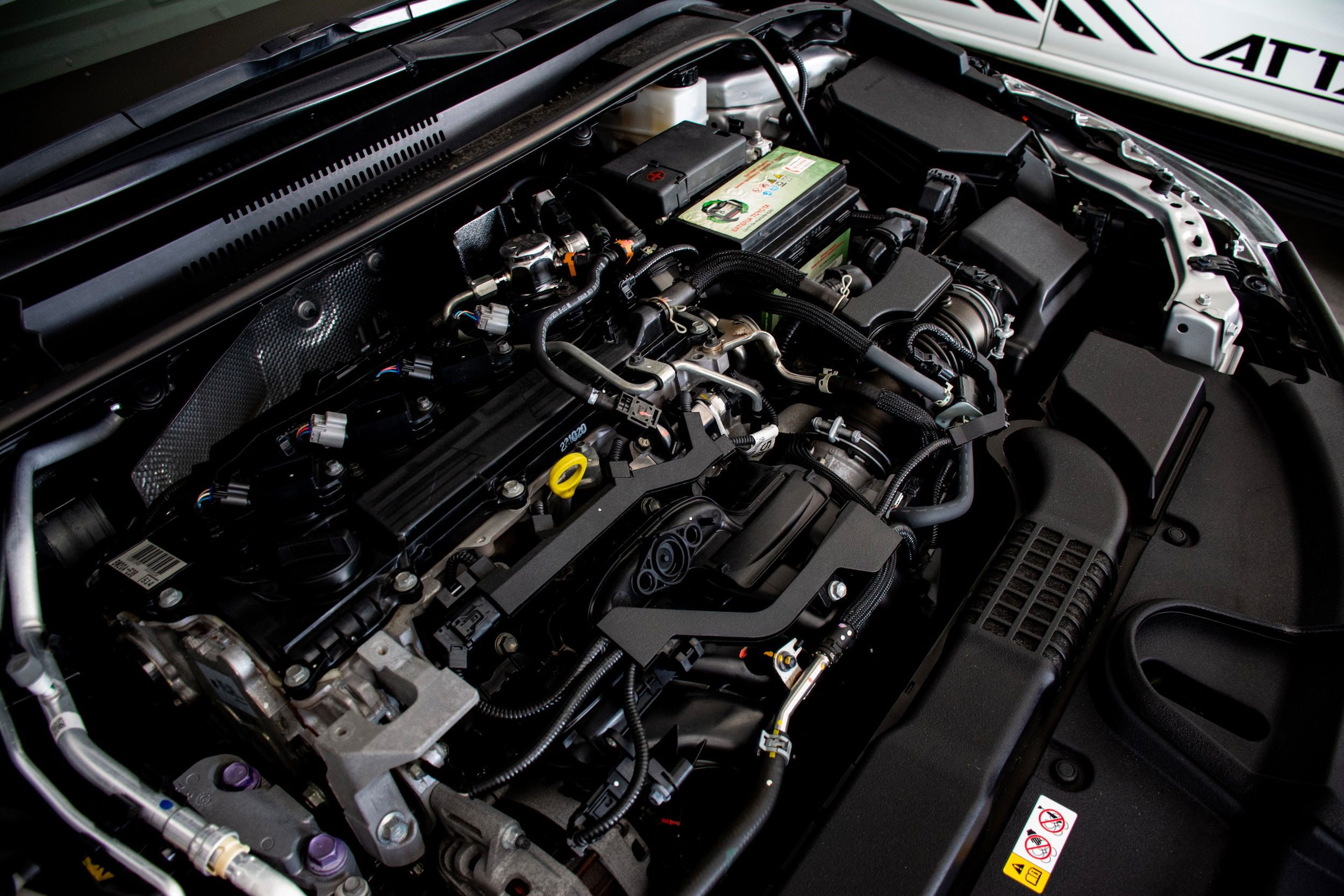Could you break down and discuss the working mechanism of a combustion engine?

I'd be happy to explain the working mechanism of a combustion engine.
A combustion engine, also known as an internal combustion engine, is a type of engine that generates power by burning fuel within a combustion chamber.
There are two main types of combustion engines: spark-ignition engines (commonly found in gasoline-powered vehicles) and compression-ignition engines (commonly found in diesel-powered vehicles).
Here's a breakdown of the working mechanism of a typical four-stroke combustion engine, which is commonly used in most modern vehicles:
1. Intake Stroke: The intake valve opens, and the piston moves down, allowing a mixture of air and fuel to enter the combustion chamber.
2. Compression Stroke: The intake valve closes, and the piston moves back up, compressing the air-fuel mixture. This compression increases the temperature and pressure within the combustion chamber.

3. Power Stroke: When the piston reaches the top of its stroke, the spark plug (in a spark-ignition engine) ignites the compressed air-fuel mixture, causing an explosion. This explosion forces the piston back down, generating power.
4. Exhaust Stroke: The exhaust valve opens, and the piston moves back up, pushing the burned gases out of the combustion chamber and into the exhaust system.
This process is repeated continuously, with each piston in the engine going through these four strokes in a specific sequence.
The power generated by the combustion process is transmitted to the vehicle's wheels through a transmission system, ultimately propelling the vehicle forward.
This is a simplified explanation of the working mechanism of a combustion engine.
There are also variations, such as two-stroke engines and rotary engines, but the four-stroke engine is the most common in modern vehicles.
THANKS
BY
Maher
Comments